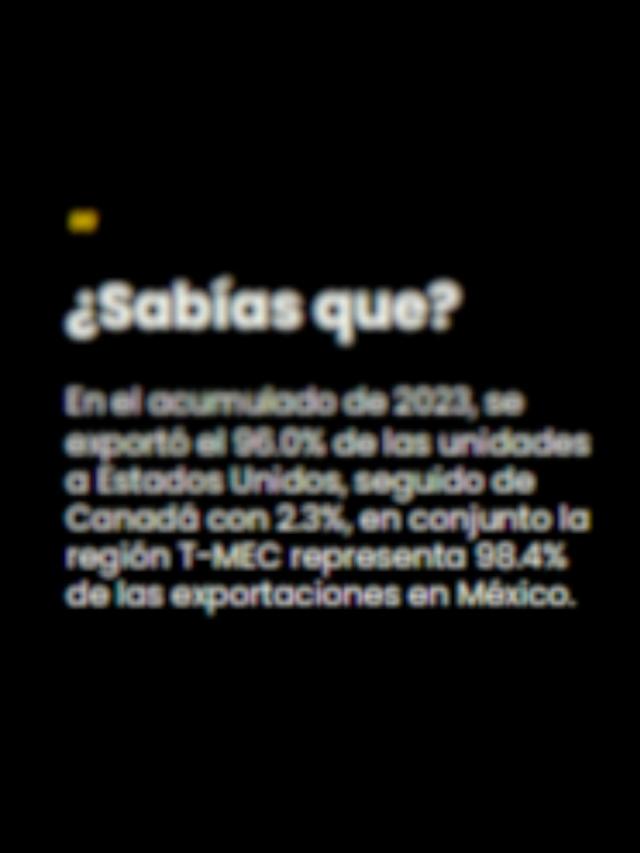 In response to the 50% increase in tariffs on steel and aluminum imposed by the United States, current projects and those to be tendered will use only domestically sourced inputs , the Ministry of Infrastructure, Communications and Transportation (SICT) announced .
In response to the 50% increase in tariffs on steel and aluminum imposed by the United States, current projects and those to be tendered will use only domestically sourced inputs , the Ministry of Infrastructure, Communications and Transportation (SICT) announced .
“We must strengthen the national industry, and we will propose that the steel used be domestically produced, both reinforcing steel (such as rods) and structural steel,” stated Jesús Esteva , head of the SICT.
In an interview following the signing of a collaboration agreement with the Mexican Chamber of the Construction Industry (CMIC), he commented that they will conduct an evaluation with the industry itself to determine its capacity .
The federal official stated that in this way, the federal government will be supporting builders so that domestic steel is used in the projects the agency bids for.
For his part, Luis Méndez , president of CMIC, said that the increase in tariffs by the United States was negatively received by the industry, as it will impact the costs of infrastructure projects .
“We really need to work together, both the government and the private sector. There are several stages ahead. Initially, the price of steel may briefly decrease domestically, but this could lead to serious problems. In discussion with the secretary and the president’s (Claudia Sheinbaum) strategy, we need to look at what’s been done in Mexico and work harder to avoid depending on this trade relationship in this regard,” he noted.
He explained that this increase in steel and aluminum would impact housing construction costs by 3% to 4%, construction costs by 5% to 7%, and infrastructure costs by up to 10% .
Therefore, he emphasized the need to seek strategies with various stakeholders, and CMIC has the availability . However, he considered there are no risks of halting construction , although it is necessary to know the capacity of national companies. “I believe that initially, Mexican steel can respond to this; later, it could become more complicated.”
Jesús Esteva explained that the projects will be evaluated to determine how much input is required for each project . For example, if it’s a reinforced concrete structure, it will be the rebar; or if it’s a complete metal structure, like bridges, such as the Nichupté bridge in Cancún, Quintana Roo, which has a section of more than 100 meters of steel, or the Rizo de Oro bridge in Chiapas.
In the case of passenger train tracks, he said these types of structures have other special characteristics, which is why they are only imported from other countries, such as Italy, to reinforce Metro Line 12 and the Mexico-Toluca Train.
“Now we’ll see the capacity of the plant installed in Mexico and we’ll prioritize steel manufactured in the country,” he said.
In this regard, and contrary to the CMIC, it ruled out an increase in the cost of the works , because said input would be manufactured in Mexican territory.
Comment and follow us on X: @evandeltoro / @GrupoT21















